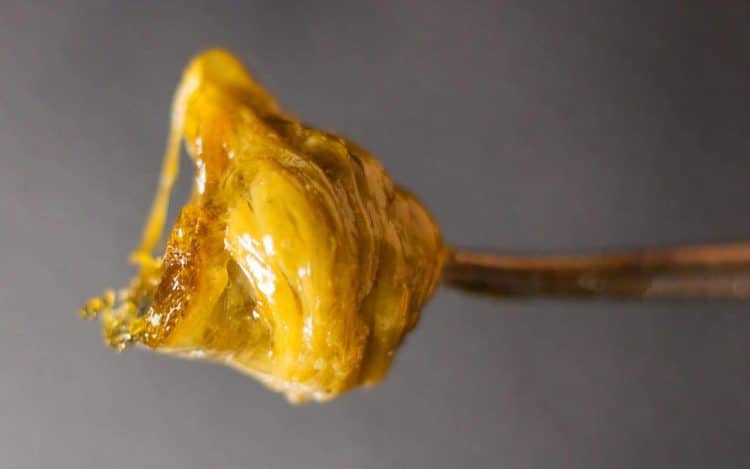The Cannabis concentrate market is bursting with new products.
Cannabinoid extraction techniques are being refined by industry professionals. The usual method for creating cannabis extracts requires the producer to soak the buds in a chemical solvent before heating them up to at least 50° Celsius.
It’s a reliable method, but it’s also time-consuming and expensive.
Microwave and ultrasonic assisted extraction are two new methods that are now being used by concentrate manufacturers. The technology is like something from the space age; it seems incredible that such sophisticated machinery is being used to amplify the quality of cannabis concentrates.
What is Microwave Assisted Processing (MAP)?
Microwave assisted processing speeds up the extraction process by using targeted radio microwaves. The energy is directed at specific elements, leaving other materials within the Cannabis unchanged. The process is nearly-instantaneous. Microwaves heat up bits of moisture within the plant material, causing a rapid buildup of pressure that leads to the target compounds seeping out of the plant.
“The ’in-core’ heating that occurs creates pressure which drives out the target compound much faster than more conventional extraction methods. In fact, the pressure-driven process outperforms the conventional extraction on pretty much every front,” writes Canadian-based concentrate manufacturer Radient Technologies Inc.
Ultrasound Assisted Processing
Ultrasonic cannabis extraction, also referred to as sonication, has become increasingly popular. It requires an expensive cash investment to purchase the requisite equipment, but once the operation is up and running ultrasonic extractions methods are much cheaper than the typical process.
As the name implies, sonication uses ultrasonic waves. A probe inserted into a solvent mixture will begin to emit alternating high and low pressure waves. The fluctuations create“microscopic currents, eddies, and pressurized streams of liquid, forming a particularly harsh environment that breaks through cellular walls. The forces which typically work to hold the cell together are no longer viable within the alternating pressurized atmosphere created by the probe.”
As the process occurs, millions of tiny bubbles are created. Their violent implosions further weaken the already damaged cell walls. The desired compounds are then free to seep out into the solvent liquid.
Manufactures love ultrasonic extraction. It’s fast, environmentally friendly, doesn’t require the use of harsh chemical solvents, and doesn’t use heat, as high temperatures can degrade cannabinoids and terpenes.
Conclusion
The last decade has seen remarkable advances in extraction technology. Safe, pure cannabis concentrates are now a reality. A lot of consumers are uncomfortable with traditional extraction methods. Microwave and ultrasound assisted extraction techniques can aid in resolving most of their concerns.











